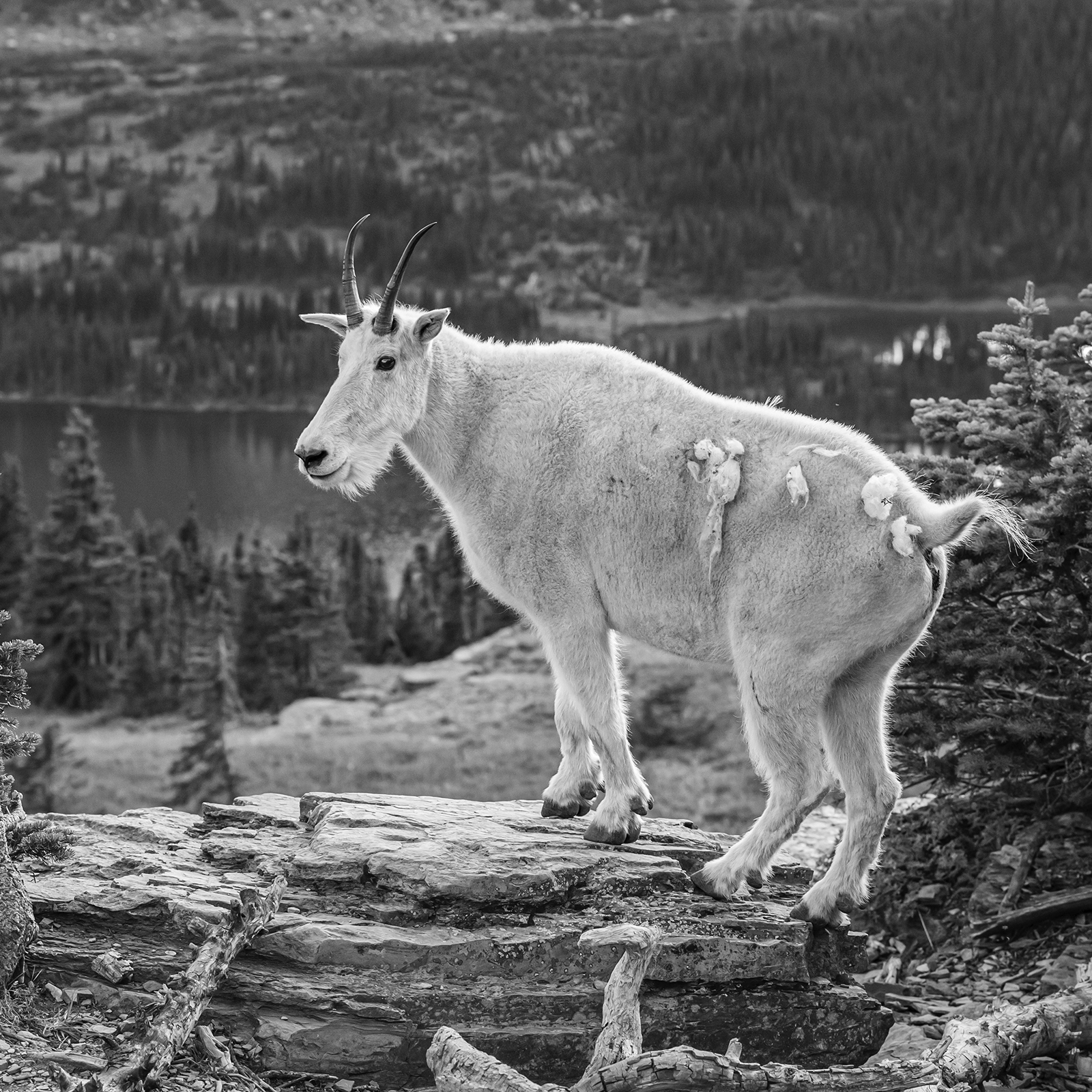In 2021, more people came to Glacier National Park on a single summer day than visited the million-acre preserve during the entire 1921 season. For Secretary of Interior Albert Bacon Fall, that was a problem.
“Only 19,736 persons visited Glacier Park in Montana during the last season,” Fall declared in his annual report to Congress late that year. “Glacier was one of the few parks that had a smaller number of visitors this year than last!”
The previous year, more than 22,000 people visited the park. Fall, who was secretary of interior under President Warren G. Harding (and is most well known for being tangled up in the Teapot Dome Scandal), blamed the low visitation on a lack of roads to the park and high ticket prices on trains, which had traditionally been the most popular way of getting to Glacier. At the time, U.S. Highway 2 had yet to be built on the southern edge of the park and the iconic Going-to-the-Sun Road was still in its infancy, although a few miles of the future road had been graded on the west side and the government had set aside $100,000 for its construction.
Despite the lower-than-normal visitation that year, plenty of people did come to the park, including residents of every state (six from Arkansas, nine from Delaware, 10 from Maine) and even from far-off nations like India, Japan and South Africa. What the park lacked in roads (aside from a few on the east and west sides) it made up for in trails. More than 400 miles, in fact, reached deep into the park and connected a series of wilderness chalets that had been built by the Great Northern Railway in the previous decade.
While the railroad had been busy building chalets (and hotels) within the park’s boundaries, the National Park Service was lagging behind on building its own structures. A bad fire season the previous year meant that money allocated for the construction of a new administrative building in East Glacier Park that year was redirected to firefighting efforts. In 1921, the Park Service was playing catchup and constructing that building, plus a few others. Two ranger stations destroyed by fire in 1918 and 1919 were also rebuilt in 1921.
That year there were no serious accidents and no fatalites within the park. The worst thing to happen to a visitor was that a small child had been injured falling off a horse (something that was pretty common in the park in those days). At least six people were ticketed for violating park rules: two men were arrested for killing game and one for trapping. Two others were cited for violating park guide regulations and a sixth was cited for violating park automobile regulations (probably speeding). “Many more who were equally guilty escaped detection and arrest and this condition will exist until more rangers are appointed,” wrote Superintendent J.R. Eakin.
In concluding his report, Eakin asked that the federal government spend more money on road and infrastructure as well as increase the number of rangers. He then thanked those who worked with him.
“Before finishing this report, I want to admit my indebtedness to those who helped in in starting this work, and especially to thank the concessionaires who have co-operated with me in various ways and the assistants who have given me so fully of their time and efforts, all of which has gone far towards the betterment of the park in general and its greater enjoyment by the visitors,” he wrote.
That visitation slump of 1921 would be short lived. The following year, visitation skyrocketed to 23,935, the most in the park’s history at that time. It’s only continued to grow in popularity ever since.
